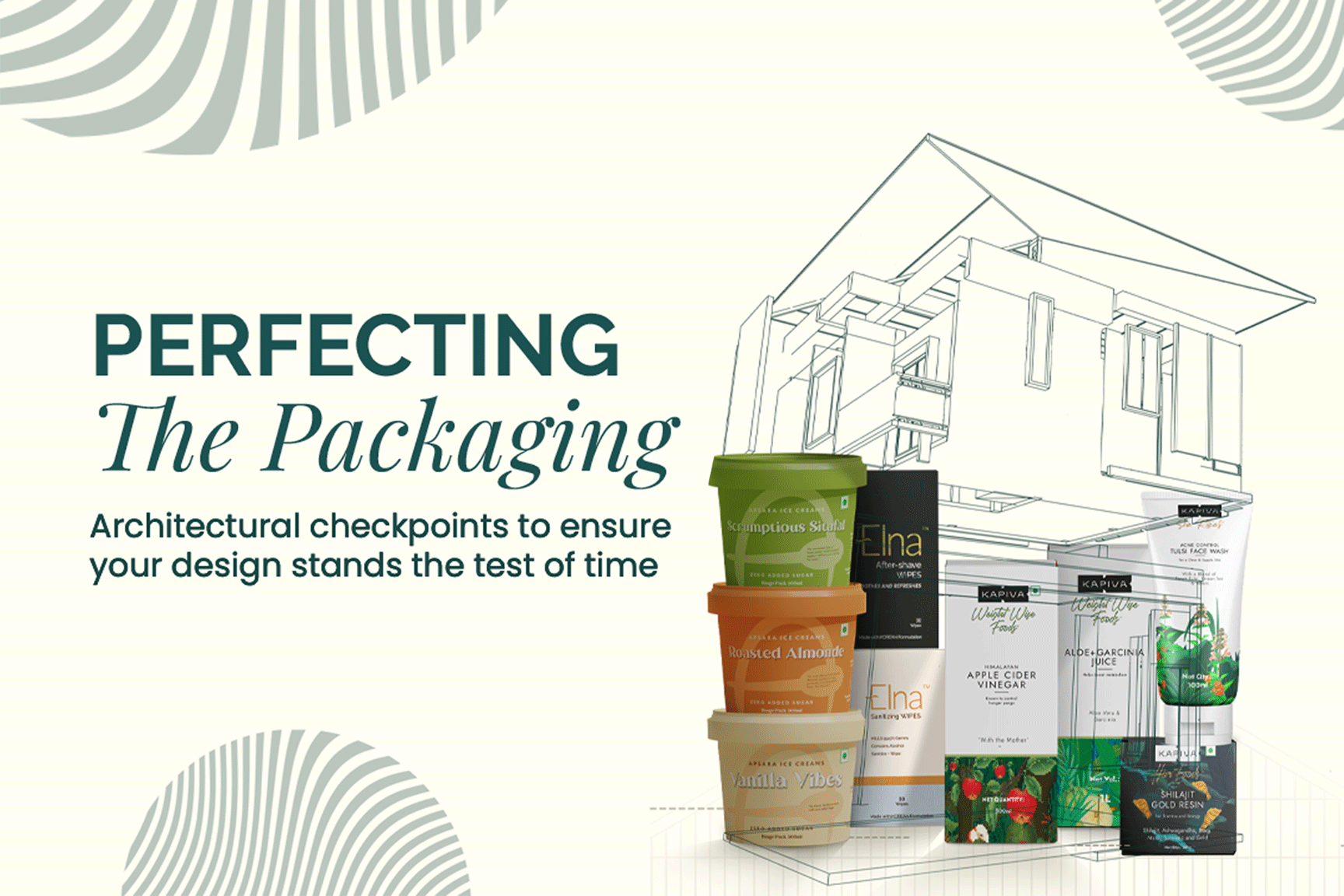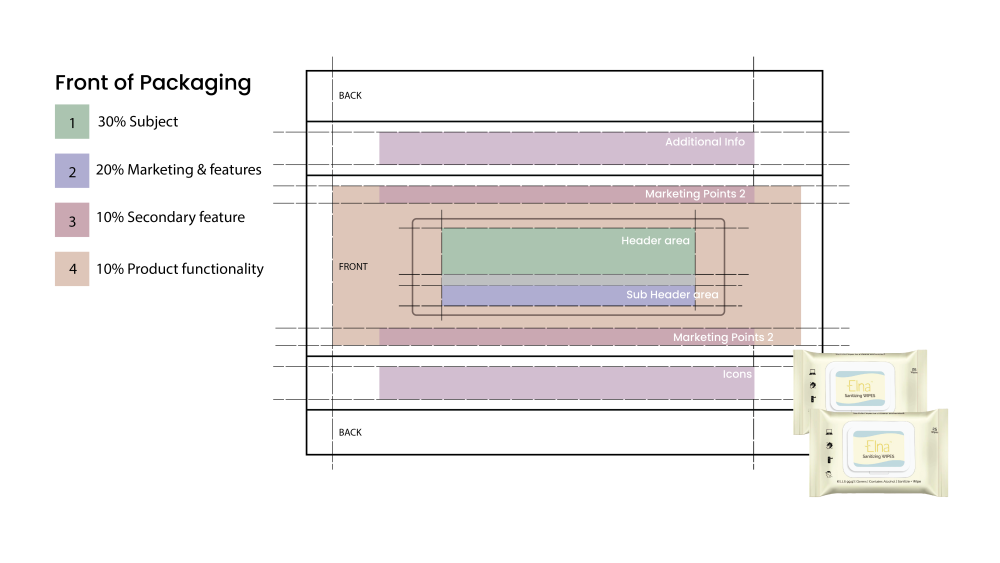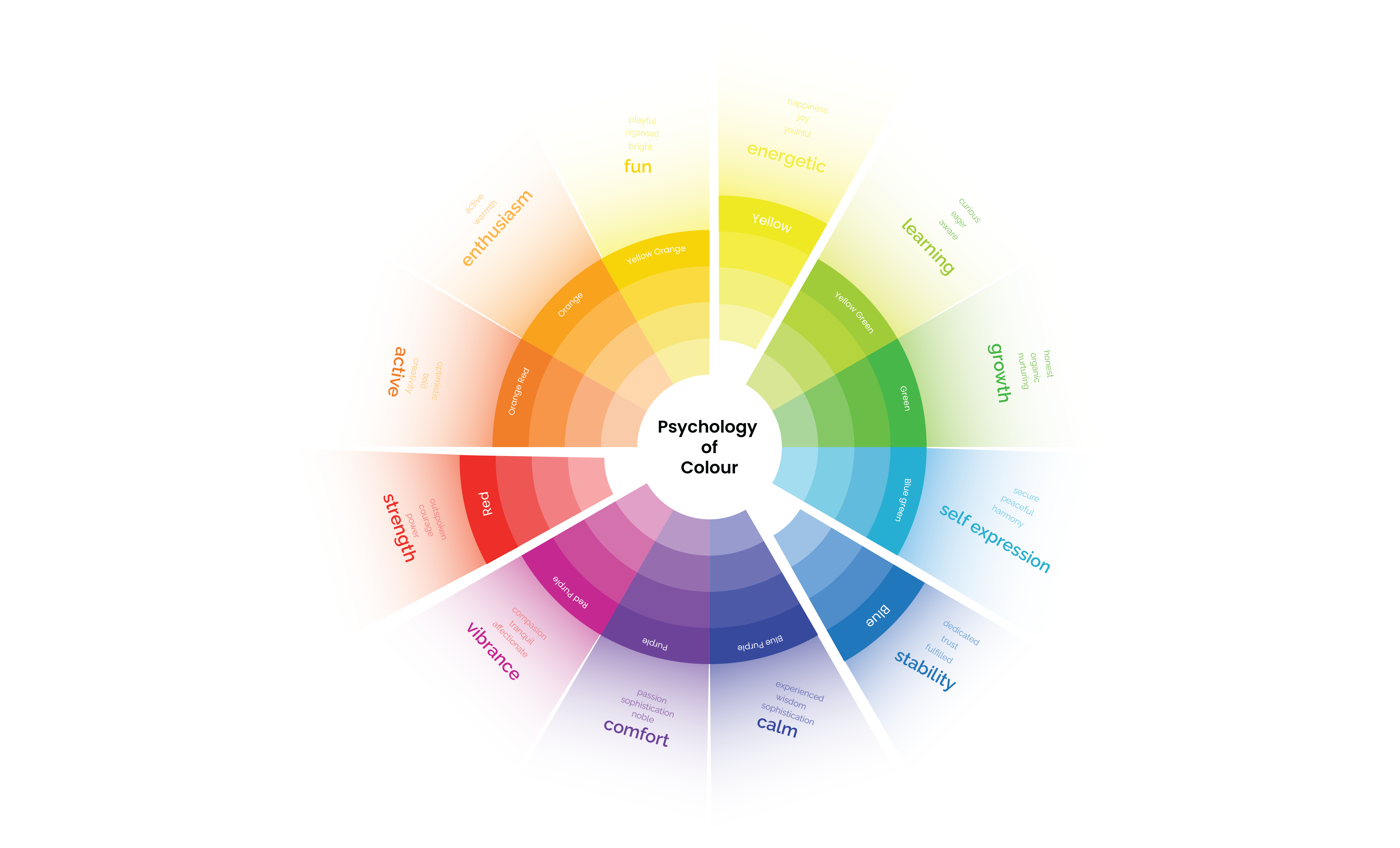
Perfecting The Packaging: Architectural Checkpoints To Ensure Your Design Stands The Test Of Time
Have you ever felt the weight of doubt creeping in, wondering if your packaging designer truly understands the critical nuances of a clutter-breaking design and Key Line Dimensions (KLD)? If creativity seems stifled by the struggle to navigate the complexities of execution or if your designer is not decoding the core narrative you want to visually communicate, we’d rather you address these concerns head-on to make sure that precision in KLD remains the linchpin of your packaging success.
The big question is- HOW? Let us simplify it: It’s like assembling furniture without the instructions – you won’t know if you’re doing it right until you understand the steps. Similarly, in packaging design, you can’t verify expertise without identifying what needs fixing.
So how do you go about it? At TRC we call it the APB model- Architectural Packaging Blueprint.
Understanding the
Floor Plan
The expedition commences with delineating each space: the front, back, and sides of the packaging. Picture them as the primary chambers of a house—the living space, the cozy den, and the kitchen. As the flat paper takes form, each crease and dimension marks the blueprint of your packaging architecture.
Blueprinting Brilliance
Now, this will ruffle some feathers but here goes- the branding isn’t your inaugural consideration. For young brands, the focal point is establishing a memorable logo, while the giants emphasize on the beloved flavors or variants—tapping into consumer nostalgia and preference. Go that extra mile, and check whether your designer is getting into the skin of the game beyond basics & discussions. If the packaging designer isn’t translating your brand personality in visuals, has insights into your target group or misses out on the core objective of the product, you’ve something to worry about (or much).
Partitioning the Pie
With the framework established, the process of partitioning the importance pie chart kicks off. The proven formula allocates 30% to the subject, ensuring it commands attention. Subsequently, key marketing points and feature details claim 20%, further enriching the consumer experience. Ideally, 10% should be dedicated to secondary features, with another 10% reserved for product functionality. The remaining 30% should be designated as breathing space, also known as negative space
The ABP model blueprint not only sets the layout but also delineates the main key box—the prime real estate of your packaging canvas.
The ABP model blueprint not only sets the layout but also delineates the main key box—the prime real estate of your packaging canvas.

Harnessing the Power of
Visual Representation
Harnessing the power of visual representation, the design journey transcends from concept to creation, minimizing trial and error. But beneath the surface, lies a treasure trove of insights derived from consumer psychology studies. Research reveals that color psychology, for instance, profoundly influences purchasing decisions, with each hue evoking unique emotions and associations. Thus, the careful selection of colors becomes a strategic tool in shaping consumer perceptions.

Materials, Printing Styles
and Collaboration
Furthermore, materials, printing styles, and collaboration with manufacturers are very precisely curated to align with brand identity and consumer expectations. Once again, much like designing a home where every architectural detail not only provides shelter but also weaves a narrative of elegance and authenticity, reflecting the essence of the humans within its walls.
Conclusion
Packaging design goes beyond just holding products—it creates an immersive experience that deeply connects with consumers. . Just as an architect crafts a structure that stands the test of time, packaging designers engineer vessels that embody brand essence and captivates the right target group.
We hope this was a beneficial read for you. If you’d like to discuss the details, feel free to reach out to us at contact@therunawaycrew.com.
We’d love to connect further.

